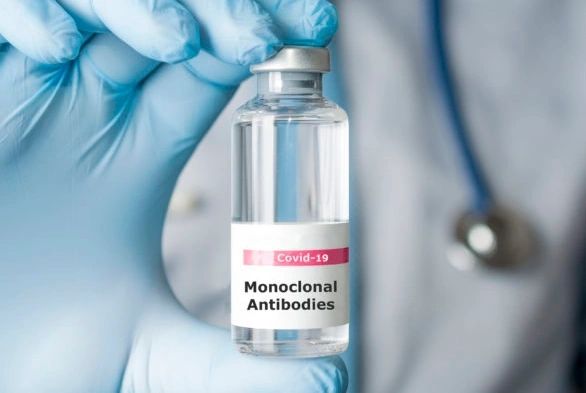
IVIG、SCIG、mABs療法

IVIG、SCIG、mABs療法
私たちの臨床経験では、患者集団の傾向はIVIGからSCIGに移行しており、明らかに良好な結果が得られています。
モノクローナル抗体(mABs)は、長期罹患者、罹患後、慢性疾患の治療における新しい分野である。これらの疾患は複雑な免疫調節異常と炎症反応を伴う。
IVIGおよびSCIGは、プールされたヒト血漿に由来する免疫グロブリンの濃縮製剤である。
現在の正式な適応症には、慢性疾患や多くのウイルス感染後の症状が含まれる:心筋炎や心膜炎、小繊維神経障害だけでなく、敗血症のような急性/重篤な症状も含まれる。
モノクローナル抗体は、免疫反応の特定の構成要素を標的とするように設計されており、介入のもう一つの道を示している。
免疫グロブリン(IVIG/SCIG)とモノクローナル抗体(mAB)の両方が、免疫恒常性を回復する可能性について研究されている。
Here is a current study regarding the use of IVIG in Long Covid/Small Fiber Neuropathy: https://www.neurology.org/doi/10.1212/NXI.0000000000200244
逸話:mABは株特異的にデザインされているが、IVIG/SCIGはそうではない。私たちの知る限り、ロングコビド/ポストVac患者がSCIGやmABs治療後に永続的に悪化したという報告はありません。私たちの医療チームが観察した中で、IVIG治療後に一時的に悪化した患者は、頭痛に似た症状が頸部まで拡大した患者だけです。
mABの多くは製造中止か高価格のため、SCIGの使用が主流となっている。この状況は、エバスヘルドとカビゲール(近日発売)の登場によって再び変わりつつある。
重要!
mAB/SCIG/IVIG/抗レトロウイルス薬:エバスヘルド、ハイゼントラ、ハイキュービア、カビゲール、トルバダなど
After clearing of treating doctors and advisors only, pre-order time 2-3 weeks (involves cold chain logistics) – please check availability (varies by product, lifecycle stage and manufacturer) with our team
IVIG vs SCIG – the same ingredient but different administration
行政:
- IVIG is infused into a vein over 1–4 hours. It causes a rapid rise in serum immunoglobulin (IG) levels, peaking within 15 minutes, followed by a drop over 48 hours.
- SCIG is injected under the skin into fatty tissue and is absorbed slowly into the bloodstream, resulting in more stable IG levels without peaks and troughs.
効能:
- Both methods in theory are equally effective. From clinical experience the trend in our patient population is towards SCIG with clearly better results.
SCIG - メリット
- Fewer systemic side effects (e.g., headache, fever, nausea).
- More consistent IG levels (no peaks or troughs).
- Self-administered at home; no IV access required.
- Greater flexibility in scheduling.
- Ideal for patients with primary immunodeficiency (PI) or poor venous access.
- Better tolerated in patients with prior IVIG side effects.
- 感染リスクが低い-中心静脈ラインや通院の必要がない。
IVIG – Advantages
- Faster onset of action.
- Suitable for (expensive) high-dose regimens (e.g., 2 g/kg).
- Typically given in a clinic or at home by a nurse
- Less frequent needle use.
- Fewer local injection-site reactions.
- Preferred for patients uncomfortable with self-injection or frequent needle use.

